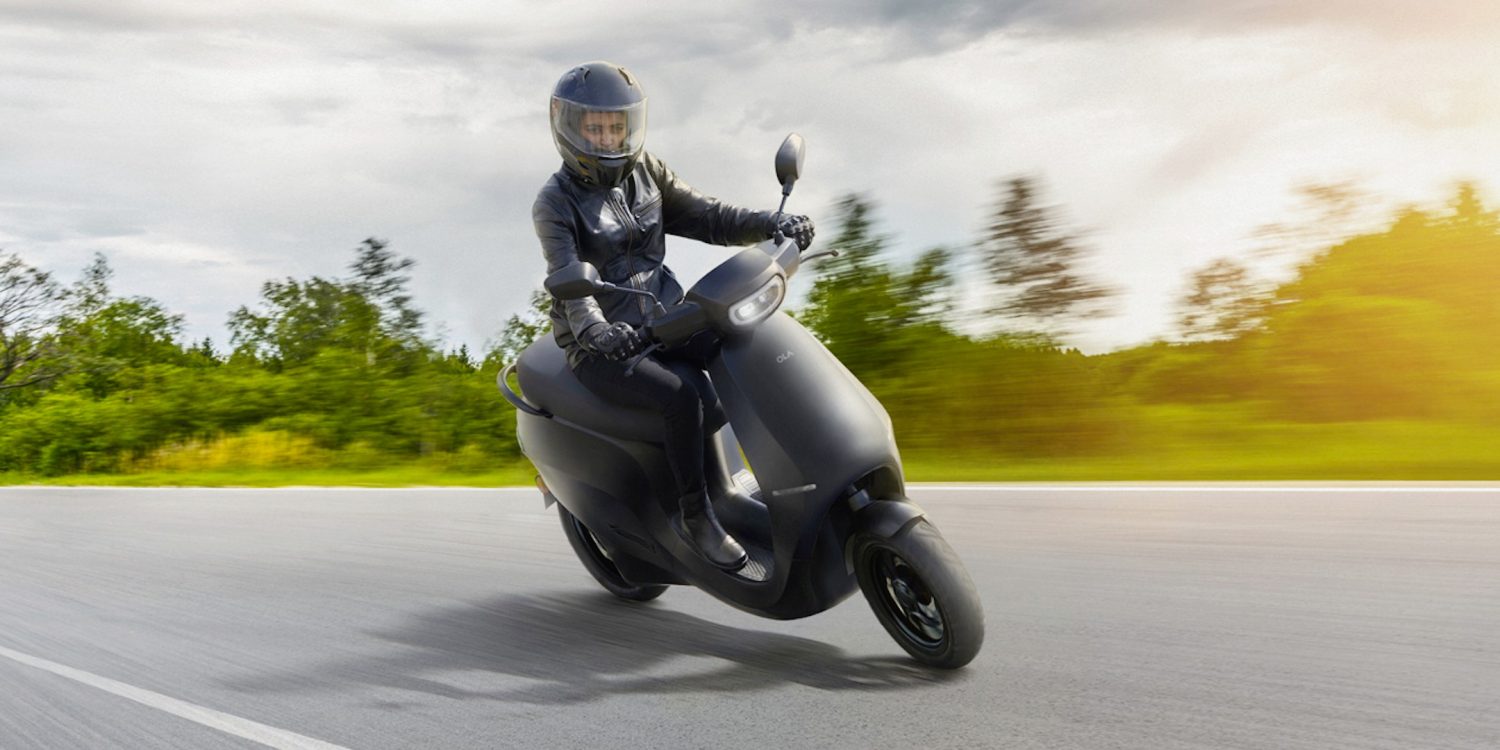After the first day of sales, Ola's S1 and S1 Pro electric scooters have sold out, with CEO Bhavish Aggarwal claiming that the company is selling two electric scooters every second.
The first launch was delayed by a problem in the order process, which required pre- orders to be delayed by a week.
The Ola S1 and Ola S1 Pro electric scooters are flying off the virtual shelves now that the company has launched with an updated ordering system.
In the first 12 hours, the company reported 80,000 sales. To put it into context, that's a daily sales rate that equals the quarterly sales rate of NIU, the industry leader in electric scooters.
Ola Electric, of course, has the advantage of targeting the world's largest electric two-wheeler market, as well as months of positive coverage for its so much electric scooters. This high level of purchases may soon decline as early adopters saturate the market, but the fast start shows how interested the local market is about Ola's new scooters.
Ola Electric is seen as one of the best options for India's massive number of gas-powered scooters and motorcycles to be shifted to electric alternatives.
Many other electric two-wheeler models in India have targeted for moped-class features, with lower speeds and smaller batteries. Ola, on the other hand, is focusing on higher power and faster speeds in order to effectively replace 125cc gas scooters and motorcycles.
An 8.5 kW electric motor powers the Ola S1 and S1 Pro. The S1 has a top speed of 90 km/h (56 miles per hour), whereas the S1 Pro can go up to 115 km/h (71 mph).
Both scooters have huge batteries, with the S1 having a 3 kWh capacity and the S1 Pro having a 4 kWh capacity. The ranges of those huge batteries are 121 km (75 miles) and 181 km (112 miles), respectively. Such large ranges, on the other hand, are frequently calculated at lower city speeds.
While the scooters' performance specs have been praised, the pricing, which was announced to start at under Rs 99,999 ($1,350) at the time of their unveiling, was maybe the most outstanding feature of the scooters.
Ola's new Future factory, a large and sprawling factory designed to produce 2 million electric scooters per year in the near future, is where the scooters are made. There are plans to increase that capacity to 10 million electric scooters per year in the near future.
Ola wants to export its scooters abroad, thus its large production capacity will not only serve the home market. Bhavish Aggarwal, the company's CEO, stated earlier this month that plans were working to ship scooters to the United States by early 2022.
Ola Electric has also made news for its social policies, such as employing only females in its production.
Ola's sales are now on an early success, so those employees will be kept working for a long time.






0 Comments